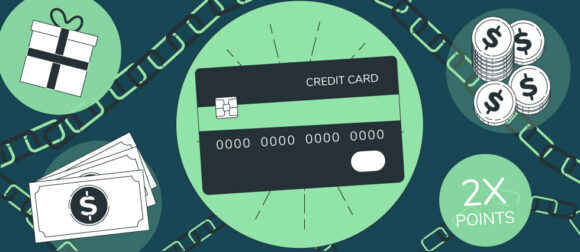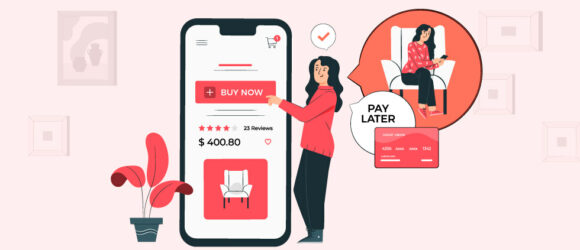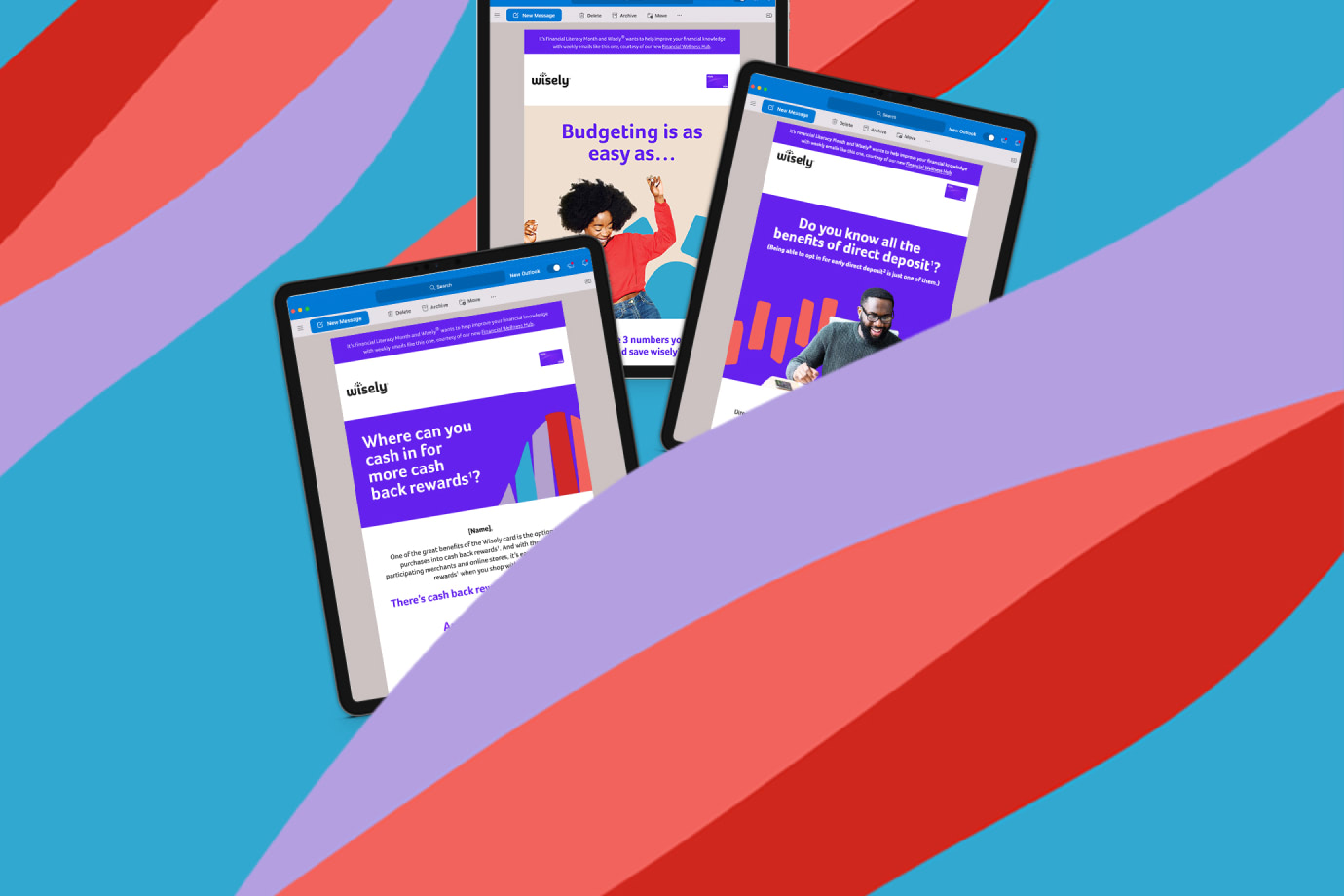Pay-by-Bank: Consumer Perspective on Marcom Best Practices

With Walmart’s recent introduction of its “Pay-by-Bank” program designed to bypass payment networks and merchant fees, a new open banking alternative may be poised to take off in the U.S., despite lagging well-behind the global use trends.
Pay-by-bank has attracted interest from a range of stakeholders—including merchants, banks, payment networks and consumers. For example, payment networks are interested in facilitating U.S. consumer pay-by-bank adoption. A recent article from Payments Dive notes that Visa is integrating its usual security and reliability to encourage the use of “pay-by-bank, facilitated by Visa.” In the article, Visa Chief Product and Strategy Officer Jack Forestell describes pay-by-bank as a “simple digital experience that you’ll encounter in certain vertical use cases…(payments that) tend to be larger tickets, lower velocity payments.” These cases include things like loan payments, rent payments, life insurance, healthcare, long-term care and education—areas where card acceptance has traditionally been low.
But first, no matter the stakeholder or the use case, success relies on reaching consumers who are likely unaware of pay-by-bank, educating them on key benefits and promoting specific use cases. According to PYMNTS, only 3.5% of Gen Z and 9.7% of Millennials are currently using pay-by-bank.
Younger generations, particularly Gen Z, are less engaged with credit cards, making them a prime opportunity segment. As noted by Adyen, since they regularly use Venmo and other peer-to-peer payments, they are already familiar with the pay-by-bank payment flow. However, pay-by-bank—as a payment fueled by open banking—remains new to most consumers.
Like any new, non-traditional payment solutions, pay-by-bank faces challenges in increasing awareness, building receptivity, creating educational moments and inspiring consumers to try it.
How should essential benefits be communicated? Who should be prioritized and targeted with promotions and incentives? What steps can brands take to drive interest and encourage habitual use? Let’s explore foundational best practices informed by pay-by-bank insights from a recent PYMTS Intelligence Consumer Report.
Five Tactical and Communication Best Practices
- Build awareness (a priority challenge)
Use reiterative and simple messages that quickly convey the “what” and “why” to address awareness insights:
- Fifty-four percent of consumers say they have little interest in pay-by-bank—that’s across all demographics. Lack of interest is directly tied to awareness – 56% of consumers surveyed report they are not aware of pay-by-bank.
- Lack of awareness is seven times greater than the next most cited reason: A lack of trust about entering online banking information on the internet.
2. Take a segmented and targeted approach to priority segments—Gen Z and Millennials
Pay-by-bank receptivity differences align with demographics indicating that two younger audiences should be of primary focus. Both segments already share banking information and, therefore, are receptive to pay-by-bank:
- Gen Z and Millennials are the key segments now and well into the future.
- Twenty-five percent of Gen Z and 24% of Millennials report interest in pay-by-bank.
- Several baked-in benefits appeal to these cohorts – no interest, no credit required and no credit limits involved.
- By design, pay-by-bank supports financial inclusion of anyone with a bank account. Inclusion is an important factor for Gen Z when choosing brands.
- High-income consumers make up the greatest share of early adopters. Therefore, it’s also important to target consumers earning more than $100,000, as surveys show they are the least resistant to pay-by-bank adoption.
3. Communicate essential benefits and overcome perceived obstacles
- Ease of use resonates with 39% of people already using pay-by-bank. Communications should explain how and why to leverage this benefit.
- Highlight the speed of process, which appeals to a segment of users.
- Emphasize the security pay-by-bank offers over other payment choices, including how it removes manual card entry and results in fast verification, which is connected to increased security.
- Explain direct authentication, which reduces phishing and fraud by minimizing exposure of information.
4. Use meaningful and relevant incentives
Incentives help build awareness and interest and inspire trial and ongoing use. In fact, 81% of consumers indicate an interest in pay-by-bank when incentives are offered, compared to 47% without incentives. Successful incentives include cashback and discounts.
- Consumers find cashback and discounts most attractive (59%).
- Loyalty benefits, promotions and special offers were second in rankings (54%).
- Discounts matter the most with retail transactions.
- Once the behavior is established, continue offering incentives to establish consistent and expanded use—don’t ignore existing users.
5. Start with driving basic retail use then push to expanded use
Consider targeting consumers using discounts to get them engaged with pay-by-bank. Once engaged, consumers show interest in using pay-by-bank for other transactions beyond retail, including:
- Transfer of funds between bank and investment accounts
- Rideshare and delivery service payments
- Subscription service payments
- Grocery purchases
- Monthly bill payments
Reflecting on past introductions of new payment options, like contactless and digital wallets, stakeholders expect both consumer and merchant learning curves, particularly at the point of sale. Providing educational moments using visuals and succinct and friendly instructions have proven to facilitate early adoption. Use screen shots, animations and explainer videos placed on microsites and social platforms aligned with cohort media preferences. Using insights to inform best practices from a 360-degree perspective will help ensure successful marketing campaigns.









